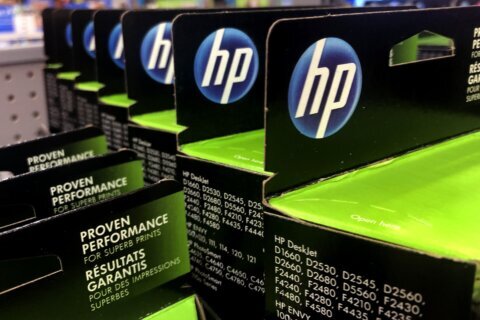Q: Is there a way to test an external battery pack before I go on a long road trip?
A: With all the portable electronics we tend to bring on our trips these days, having a portable power source has become an essential travel accessory.
If you’ve had your battery pack for a few years, its ability to recharge your devices may also have diminished, even if you haven’t used it that much.
Start with an inventory
I suggest that you start by evaluating how many devices you plan on taking (smartphones, tablets, action cameras, etc.) and find the battery capacity (milliampere-hours or “mAh”) of each device along with the rated capacity of your battery bank.
If you aren’t sure of the capacity of your devices or battery pack, you can look them up online by searching for the device’s name and model followed by “battery capacity.”
Understanding the “math”
Unfortunately, the math is not as straightforward as it may seem. If you have a smartphone with a 3,000 mAh battery and your battery bank is rated at 12,000 mAh, you might logically think that you’d get four charges.
That’s not quite how it works, as there are a host of complicated technical variables that will impact the actual number of charges.
The more realistic math for calculating the number of charges is: (Battery Pack Capacity x 3.7 / 5) x 0.85 / battery capacity of your device = Total number of recharges.
In the above scenario, this would equate to: (12,000 x 3.7/5) x .85 / 3000 = 2.5 likely charges.
Determine your needs
By adding up each device’s capacity and how often you might need to recharge them, you can determine if your battery bank’s capacity is adequate for your trip.
For instance, recharging a single smartphone on a long flight requires much less capacity than recharging multiple devices over a flight and a long car ride.
It’s also important to think about how often you will be able to recharge your battery bank, as that restarts the meter.
Basic tests
Unless you’re willing to purchase a special USB power metering device, you’ll want to do some real-world testing as if you were already on the road.
Charge up your battery pack and use it to recharge your smartphone to see how many devices it can handle before it’s drained.
Shopping for a new pack
If you determine that you need to replace or buy an additional battery pack for your trip, there are some key specifications to consider.
While the higher the mAh battery specification the better, it should be taken with a grain of salt.
If it’s the cheapest available from a brand you’ve never heard of, be cautious as these companies can claim whatever they want.
You’ll also want to look at the number and types of ports (USB-A, USB-C, micro) to know how many of your devices can be charged simultaneously.
Pass-through charging, simultaneous charging of the battery and your devices, along with fast charging, are signs of a more sophisticated battery pack.
Finally, as you narrow down your choices, be sure to search for online reviews of each unit you’re considering before making a purchase.
Ken Colburn is founder and CEO of Data Doctors Computer Services. Ask any tech question on Facebook or X.
Get breaking news and daily headlines delivered to your email inbox by signing up here.
© 2024 WTOP. All Rights Reserved. This website is not intended for users located within the European Economic Area.







